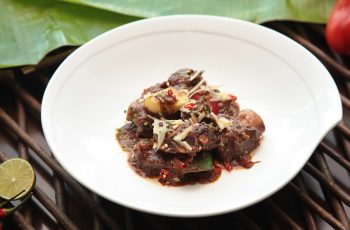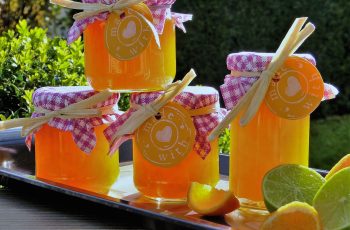Ad Blocker Detected
Our website is made possible by displaying online advertisements to our visitors. Please consider supporting us by disabling your ad blocker.
Imagine being able to cook delicious and healthy meals while minimizing your environmental impact. With stainless steel pressure cookers, this is not only possible but also incredibly easy. These innovative kitchen appliances are designed to cook food faster and more efficiently, saving you time and energy. But that’s not all – stainless steel pressure cookers also have a positive impact on the planet. By using less water and energy compared to traditional cooking methods, they help reduce waste and carbon emissions. In this article, we will explore the benefits of sustainable cooking practices with stainless steel pressure cookers and how they can contribute to a greener and healthier future for everyone.
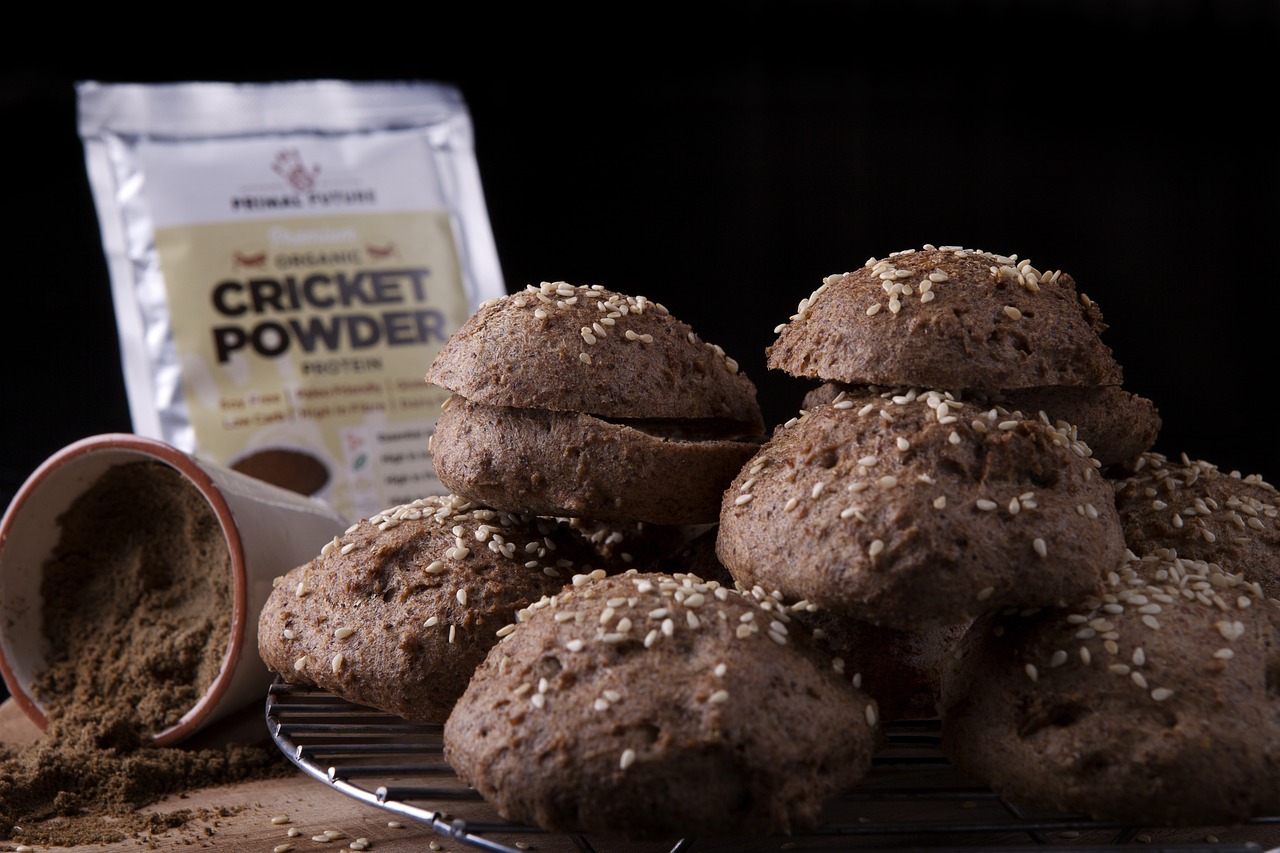
Benefits of Stainless Steel Pressure Cookers
Energy and time-efficient cooking
Stainless steel pressure cookers are known for their energy and time efficiency. By cooking food at a higher temperature and under pressure, these cookers can significantly reduce cooking time. The airtight seal and high pressure allow food to cook faster, which means less energy is needed to prepare meals. This not only saves time in the kitchen but also reduces energy consumption, ultimately lowering your carbon footprint.
Retains nutritional value of food
One of the key benefits of cooking with a stainless steel pressure cooker is that it helps retain the nutritional value of food. The high pressure and short cooking time minimize nutrient loss, preserving vitamins and minerals that might be lost with other cooking methods. This means that you can enjoy healthier meals without sacrificing the taste and texture of your favorite dishes.
Reduces water consumption
Stainless steel pressure cookers are excellent at reducing water consumption during the cooking process. The airtight seal prevents steam and moisture from escaping, which means you need less water to cook your food compared to traditional cooking methods. This not only helps conserve water but also concentrates the flavors of your ingredients, resulting in more flavorful dishes.
Choosing an Eco-friendly Stainless Steel Pressure Cooker
Look for BPA-free materials
When choosing a stainless steel pressure cooker, it’s important to opt for one made from BPA-free materials. BPA (bisphenol A) is a chemical commonly found in plastic and can have harmful effects on human health and the environment. By choosing a BPA-free pressure cooker, you can ensure that your cooking is not only eco-friendly but also safe for you and your family.
Opt for a cooker with a thick base
A thick base in a stainless steel pressure cooker helps distribute heat evenly, reducing the risk of burning or scorching your food. This ensures that your meals are cooked efficiently and consistently, minimizing energy waste. Additionally, a thick base helps retain heat and keep your food warm for longer periods, allowing you to save even more energy by avoiding reheating.
Check for a pressure release valve
A pressure release valve is an essential feature to look for in an eco-friendly stainless steel pressure cooker. This valve allows excess pressure to escape, ensuring safe and controlled cooking. By releasing pressure when necessary, you can prevent accidents and maintain the integrity of your pressure cooker for long-term use.
Sustainable Cooking Tips with a Stainless Steel Pressure Cooker
Use natural and locally sourced ingredients
To further enhance the sustainability of your cooking, opt for natural and locally sourced ingredients whenever possible. By choosing ingredients that are produced locally, you can reduce the carbon footprint associated with transportation. Additionally, using natural ingredients free from additives and preservatives promotes a healthier lifestyle and supports local farmers.
Opt for organic produce
Organic produce is grown without the use of synthetic pesticides, fertilizers, or genetically modified organisms (GMOs). When you cook with organic ingredients, you reduce the exposure to harmful chemicals and support sustainable farming practices. By choosing organic produce, you contribute to a healthier environment and a more sustainable food system.
Cook in bulk to reduce energy consumption
Cooking in bulk is an effective way to minimize energy consumption and reduce waste. By preparing larger quantities of food at once, you can take advantage of the energy-efficient nature of your stainless steel pressure cooker. Leftovers can be stored in reusable containers and enjoyed for subsequent meals, eliminating the need for additional cooking and reducing both energy and food waste.
Minimizing Food Waste
Meal planning and portion control
Minimizing food waste starts with effective meal planning and portion control. By planning your meals in advance, you can ensure that you only purchase the necessary ingredients, reducing the chances of excess food going to waste. Additionally, practicing portion control during meal preparation helps avoid overcooking and ensures that you cook only what you need, minimizing food waste.
Using leftover ingredients
Leftover ingredients can be creatively repurposed in various recipes, preventing them from ending up in the trash. For example, vegetable scraps can be used to make flavorful stocks or added to soups and stews. Overripe fruits can be used in smoothies or baked goods. By using up leftovers, you reduce waste and save money by making the most of the ingredients you already have.
Composting food scraps
Composting is an eco-friendly practice that can greatly reduce the amount of food waste that ends up in landfills. Instead of throwing away food scraps, you can create nutrient-rich compost for your garden. By composting, you divert organic waste from landfills, reduce greenhouse gas emissions, and return valuable nutrients back to the soil, promoting healthy plant growth.
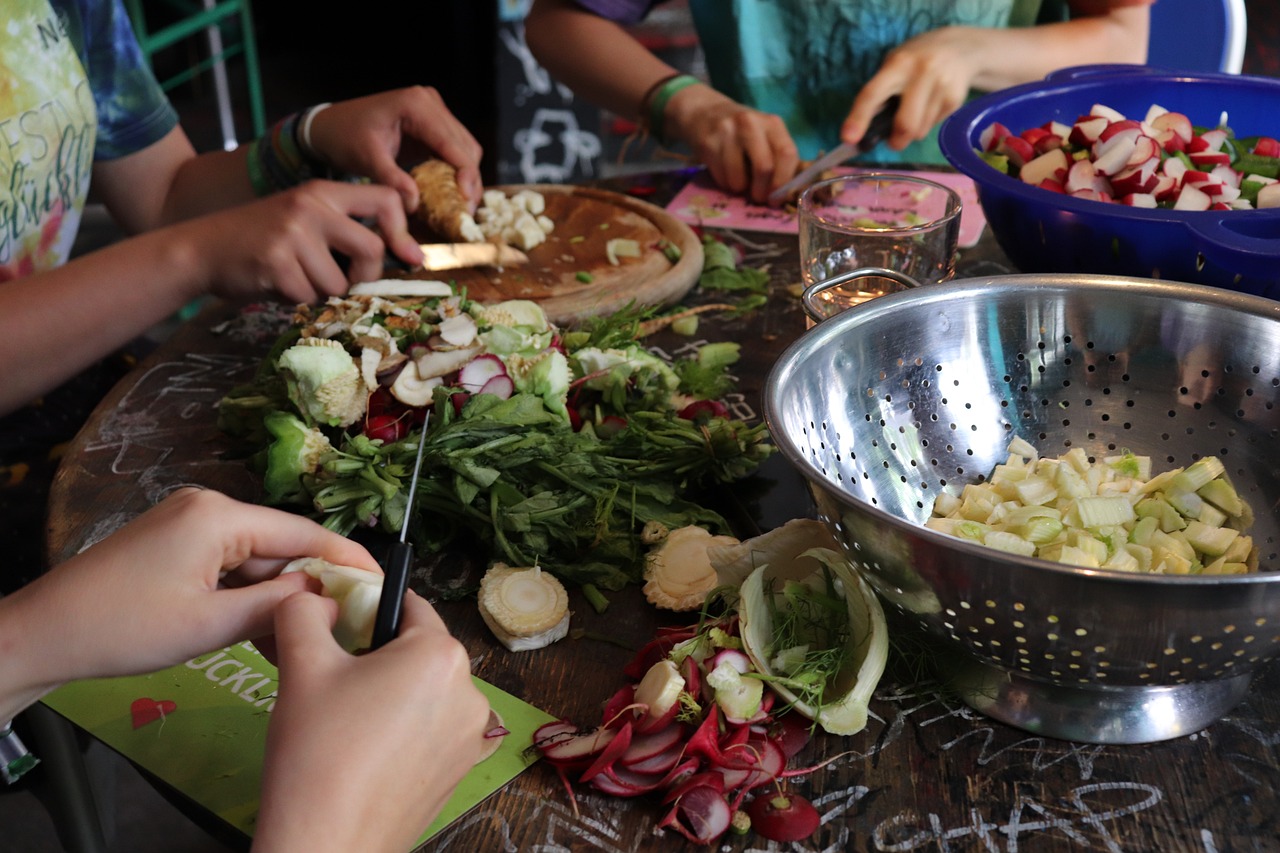
Energy Conservation
Utilize residual heat
After turning off your stainless steel pressure cooker, it retains residual heat for some time. Take advantage of this residual heat by allowing your cooked food to continue cooking off the heat, thus requiring less energy for further cooking. This simple yet effective technique helps conserve energy and ensures that your meals are thoroughly cooked without the need for additional heat.
Cook multiple dishes in one go
Another way to conserve energy is by cooking multiple dishes in your stainless steel pressure cooker at the same time. By utilizing the stackable cooking inserts and steamer baskets, you can prepare different components of your meal simultaneously. This not only saves time but also reduces energy consumption compared to cooking each dish separately.
Avoid opening the cooker too frequently
Every time you open your pressure cooker, heat and pressure are lost, resulting in the need to regain and build them up again. To conserve energy, avoid opening the cooker unnecessarily during the cooking process. Allow the pressure to release naturally or use the pressure release valve when required, but try to minimize the frequency of opening the cooker to maintain the desired cooking temperature.
Water Conservation
Use minimal water for cooking
Stainless steel pressure cookers require significantly less water compared to traditional cooking methods. This is due to the airtight seal, which locks in steam and moisture, eliminating the need for excessive water in the cooking process. Use the minimum amount of water required for your recipe, reducing water waste and ensuring that you achieve the desired results without compromising on taste or texture.
Reuse cooking water for other purposes
Water used for cooking can often be reused for other purposes, such as watering plants or cleaning. Instead of discarding the cooking water, let it cool and store it in a container for later use. This simple practice not only helps conserve water but also maximizes the utilization of resources, making your cooking more sustainable.
Try steaming instead of boiling
Steaming is a water-efficient cooking method that helps reduce water consumption. Instead of boiling vegetables or grains, consider steaming them in your stainless steel pressure cooker. Steaming retains the natural flavors and nutrients of the ingredients while requiring minimal water. This not only conserves water but also creates healthier and more vibrant dishes.
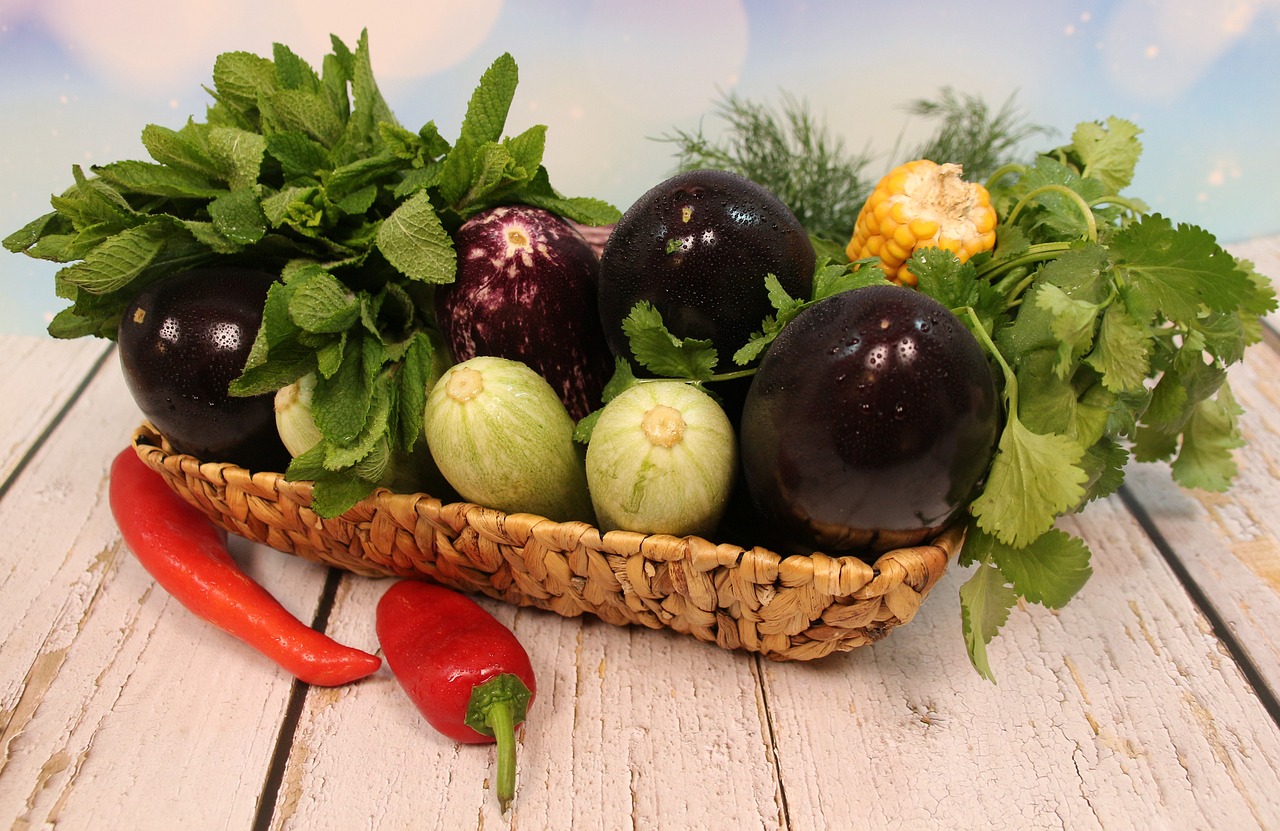
Using Stainless Steel Accessories
Opt for stainless steel steamer baskets
Stainless steel steamer baskets are versatile and eco-friendly accessories for your pressure cooker. These baskets allow you to cook multiple types of food simultaneously, saving time and energy. Additionally, they are durable, easy to clean, and free from harmful chemicals that can leach into your food. By opting for stainless steel steamer baskets, you ensure that your cooking is both sustainable and healthy.
Choose stainless steel trivets and racks
Trivets and racks made from stainless steel are excellent tools for cooking in a pressure cooker. They elevate ingredients above the water or liquid, allowing for more efficient cooking and preventing them from becoming soggy. Stainless steel trivets and racks are durable, easy to clean, and can be used repeatedly without the need for disposable alternatives, making them a sustainable choice.
Use stainless steel ladles and spoons
Incorporating stainless steel ladles and spoons into your cooking routine is not only aesthetically pleasing but also environmentally friendly. Stainless steel utensils are durable and long-lasting, eliminating the need for frequent replacements. They are also resistant to corrosion, do not react with food, and do not contain harmful chemicals commonly found in plastic utensils. By using stainless steel ladles and spoons, you contribute to a greener kitchen.
Cleaning and Maintenance
Avoid abrasive cleaners
When cleaning your stainless steel pressure cooker, it’s important to avoid abrasive cleaners, as they can scratch the surface and affect its longevity. Instead, opt for non-abrasive cleaning solutions and soft cloths or sponges. Mild dish soap or a mixture of vinegar and water can effectively clean the cooker without causing damage, ensuring that it remains in good condition for years to come.
Use natural cleaning solutions
To make your cleaning routine even more eco-friendly, consider using natural cleaning solutions. Lemon juice, baking soda, and vinegar are effective natural cleaners that can help remove stubborn stains and odors from your stainless steel pressure cooker. By avoiding harsh chemicals, you not only protect the environment but also reduce your exposure to potentially harmful substances.
Regularly check and replace gaskets and seals
Gaskets and seals play a crucial role in maintaining the airtight seal of your pressure cooker. Regularly inspect these components for wear and tear, and replace them as needed to ensure optimal performance. By keeping the gaskets and seals in good condition, you prevent steam and pressure from escaping, allowing for energy-efficient cooking and reducing the need for frequent repairs or replacements.
Longevity of Stainless Steel Pressure Cookers
Proper storage and handling
Proper storage and handling are essential for maintaining the longevity of your stainless steel pressure cooker. Store the cooker in a cool, dry place away from direct sunlight and extreme temperatures. Avoid stacking heavy objects on top of the cooker to prevent potential damage. Handle the cooker with care, avoiding impacts or dropping that could dent or warp the stainless steel construction.
Regular maintenance and cleaning
Regular maintenance and cleaning are key to extending the lifespan of your stainless steel pressure cooker. After each use, thoroughly clean the cooker according to the manufacturer’s instructions. Additionally, perform periodic maintenance tasks such as checking and replacing gaskets, inspecting the pressure release valve, and ensuring that the cooker’s components are in good working order. By taking care of your pressure cooker, you can enjoy its benefits for many years.
Avoiding overheating and rapid temperature changes
To prevent damage to your stainless steel pressure cooker, it’s important to avoid overheating or subjecting it to rapid temperature changes. Follow the recommended cooking times and heat settings provided in the user manual. Allow the cooker to cool down naturally before opening or cleaning to avoid sudden temperature changes that can affect the integrity of the materials. By using your pressure cooker responsibly, you can ensure its longevity and continued functionality.
Considerations for Sustainable Packaging
Choose packaging made from recycled materials
When purchasing a stainless steel pressure cooker, consider the packaging it comes in. Opt for products that use packaging made from recycled materials. Recycled cardboard or paper packaging not only reduces the demand for new raw materials but also helps divert waste from landfills. By choosing products with sustainable packaging, you are supporting the recycling industry and contributing to a more circular economy.
Avoid excessive and non-recyclable packaging
Excessive packaging and non-recyclable materials contribute to environmental degradation. When selecting a stainless steel pressure cooker, avoid products that come with excessive packaging or use non-recyclable materials such as Styrofoam. By opting for minimal and recyclable packaging, you help reduce waste and encourage manufacturers to prioritize sustainable packaging practices.
Opt for brands with sustainable packaging practices
Some brands prioritize sustainable packaging practices and strive to minimize their environmental impact. When choosing a stainless steel pressure cooker, consider opting for brands that are committed to sustainability. Look for those that use eco-friendly materials, minimize packaging waste, and implement recycling programs. By supporting these brands, you contribute to a more sustainable future and send a message that sustainable packaging is important to consumers.
